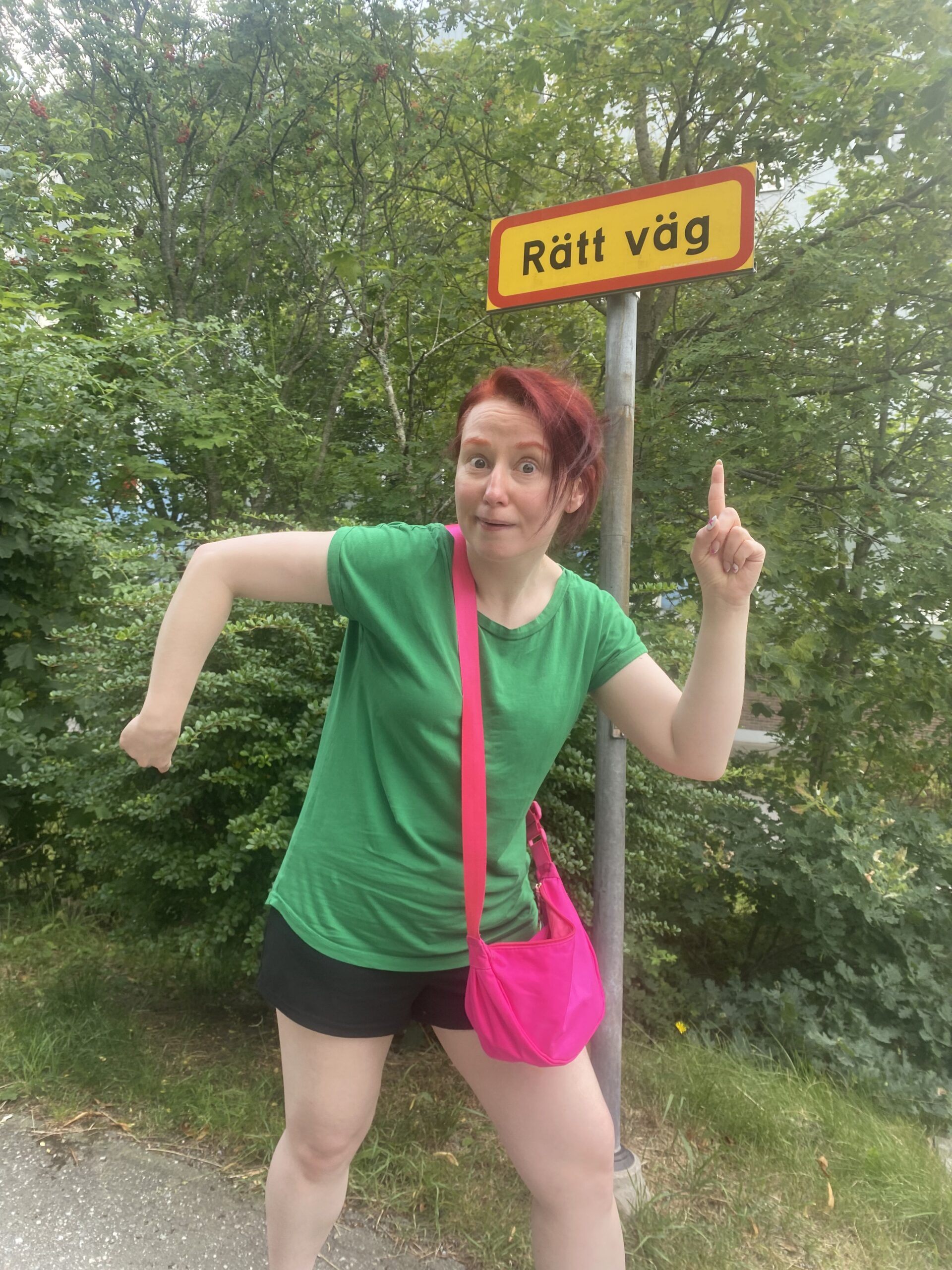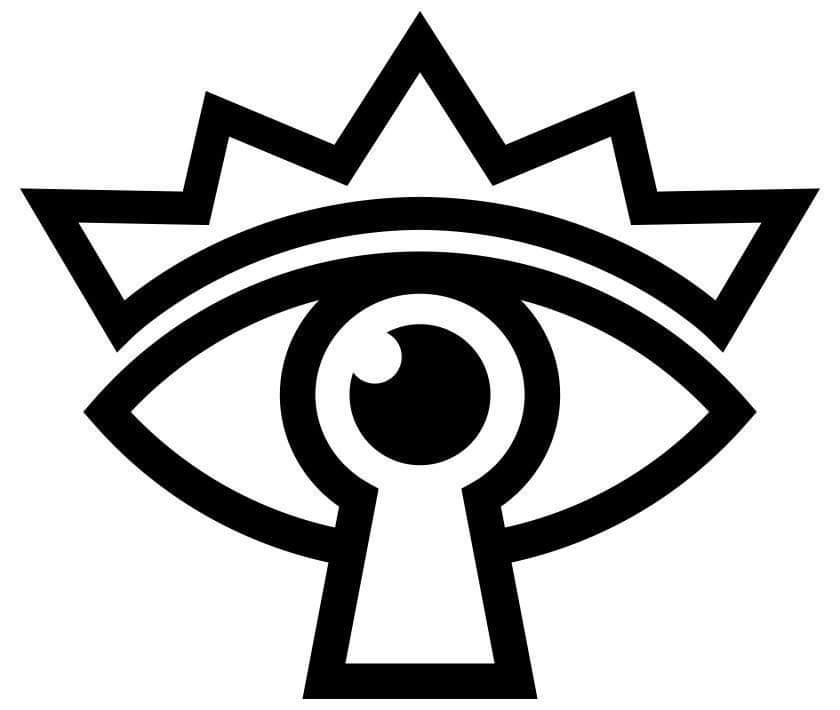So it begins…

The last weeks in November for me as usually spent preparing myself mentally and physically for the sheer madness that December brings. This year (for my own sanity) I decided that I wanted to build a brand new magic show. This week I am feeling the stress of that decision, hence why this post is live a few days later than usual -woohoo!
As I am in the throws of creating a brand new Christmas magic show with all new material, I am burning the candle at both ends by making props, practicing magic tricks and literally driving those I love dearly nuts by asking them to watch and experience the stuff I’m building over and over again.
It is daunting putting together a brand new show with unknown material and most people avoid it at all costs. However it is necessary to do this in order to grow as both an artist and performer. And you never know, you could be one step away from creating a world class magic effect or act.
But where does one begin when creating a show from scratch?
Building Blocks
I suppose it depends on what type of show or performance you wish to create.
Be it Close Up, Parlour or Stage magic there are various tricks to create material that flows into and out of one another. In fact you can read about how I did this with my award winning close up act which I performed at The Magic Castle in 2019 in my PDF The Chaos Within.
I thought as I am putting together a Christmas magic show for kids and families I would talk through the building blocks I myself use to design my shows. And, also when looking for material what type of effect suits at different points in a performance. So welcome to this week’s blog.
*I do apologise for some reason I cannot add images to this post, I am not sure why it’s probably because the internet in my home is so terrible today. But hopefully you will enjoy the reading enough to not need images too. I’ll probably add them at a later stage!
The Necessary Nine
Over the years, I have managed to break my show down into sections. Each piece fits together into a giant jigsaw puzzle that, when performed, in front of children is guaranteed magic!
I suppose I should begin by saying that for me, the “magic” duration for any kids show is the 45 minute mark. I always tell my customers that my show lasts 40 to 45 minutes, it may last longer depending on the group on the date, but kids will sit for the full 45 minutes. And they really do with my show.
I would rather my audience are engaged for the full time, rather than mildly interested by what I am doing, so my show is fast, furious and a little bit wild. Kind of the feeling one gets being on a rollercoaster. However, there are times when I change the pace, creating contrasts which leads to some strong emotional moments during my show also.
I thought it might be a good idea in this blog to break down the sections in my show in the hope you too can use these jigsaw pieces to build your own shows quickly and have fun along the way.
The Opener Warm up
Every show needs a warm up and what better way to do this than with a flashy opening. Whether it’s physical, vocal or both aim to do something that the whole audience can enjoy together. Sing a song, play a game, a tongue twister, just something that warms up the bodies and brains of the audience.
An Epic Debut!
For kids (and most adults) it’s good to begin with something truly magical. Something that sets the tone for the entire show. It needs to be something so powerful that after seeing you do it every child will want to come up immediately and perform too.
Show Off and lead
It’s very important that you establish leadership. If you don’t succeed in doing this in the beginning of your show the audience will become very difficult quite quickly and not enjoyable for you or the audience. Kids (and adults) like structure and detest the unknown so give them some. Establish yourself as the captain of this performance ship by performing a solid routine solo on stage before getting volunteers up. This will become a valuable tool as your show progresses.
First Volunteer – Finally!
It feels like so long before a helper comes on stage but it is vital (as per above). By now the audience have been brought into your world, got to know you how you move, understand the relationship and now it’s time to break the fourth wall and invite someone up on stage. I don’t have any advise for picking helpers other than if they volunteer (with a heightened anxiety ridden monster face rather loudly) avoid at all costs. Usually I look for a smile, a gesture that gives me the vibe that they are the right person. I should say sometimes I do want to find the crazy helper for an effect, but my first effect I usually look for someone who wouldn’t normally come up to help. A shy kid, someone I feel I can bring out of themselves with the effect.
Here you are looking for a trick you can do together. Whether it is a game or something that allows each of us to hold something or action something together. Whatever you decide the effect must be jointly achieved yet appear like it was entirely executed by the volunteer. They are responsible for the magic happening. This establishing the notion that whoever comes up with becomes magical and therefore will mean more children will ultimately want to come up and help to become “magic” also.
This moment in the show is another vital step in control. It sets a precedent to your audience and shows them what happens when someone comes up to help. Psychologically, if you take the time to give your first helper the best experience you can the audience will feel completely comfortable with you as a performer for the rest of the show. This is a real trust building moment between performer and audience.
Oh it’s Me again!
This is in place to reestablish the idea of who is leader. This can be a very short effect, script or both to help break up the moments between the first helpers effect to the next one. Once the audience has seen the invisible wall broken by having a volunteer on stage there becomes a little bit of a frenzied feeling in the audience as to what is about to happen next so it’s good to remind an audience here that it’s ok, I’m in charge and they are in safe hands. Generally I perform something here more playful and fun, something that will make the audience giggle uncontrollably. It doesn’t have to be a magic trick, it can be a visual gag, a joke, something to endear you to the audience and make them react.
Second Helper (with emotional hook)
It’s that time again to bring up another volunteer. This time the effect I perform tends to have an emotional hook. I like creating shows and tricks that children can relate to. The feelings they experience as children every day i.e. falling and having to get back up again, realising they just aren’t big enough yet to reach something or making mistakes. The more relatable these emotional hooks are played by you the performer, the more the children will connect with you.
I like having this type of trick right in the middle of the show because it completely changes the atmosphere in the room. Which in turn changes the pace and style dramatically. By providing a variety of emotions during a show you will find a young audience will pay attention for a lot longer than you think they would.
Pandemoniam
Now that the Pity party is adjourned it’s now time to get to the most exciting part of the show – all out madness! This piece must be the most exciting, fast paced, crazy routine that will take the entire audience to the finale of the show. I usually have more than one helper up (adding to the chaos) and really you are a character should appear flamboyantly insane at this point. Whatever you decide this piece will be the pinnacle of your show and nothing energy wise should top it.
Cool Down together
I always think after bringing an audience to its peak it’s a good idea (especially with a young audience) to bring them back to the room. What I mean is to do something altogether that gets them ready to re-enter the “normal world” again of the party or event. I also like the idea that we end the show together just as we began it. As my good friend Fay Presto say’s “a family that eat’s together stays together” and I think the same is true when it comes to a show. (I really hope that is the saying I remember her saying…).
Confetti
Finally – and this is a personal choice – I end every single show with confetti. I always have and always will. I have even managed to get confetti into my adult performances and stage work too because I love it so much. I always love the look on parents faces who have been in the kitchen having a little tea break whilst the children enjoy the show and they open the living room door 45 minutes later to see the sheer insanity of kids running around throwing confetti everywhere in the room.
Glorious!
